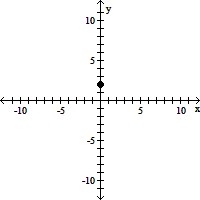Suppose that an automobile manufacturer has accepted orders for 30 minivans, 25 sport utility vehicles, and 15 sedans. These orders can be represented by the row vector Q = [ 30 25 15 ].The "raw materials" that go into each type of vehicle are steel, glass, plastic, paint, and labor. The entries in matrix R below give the number of units of each raw material (in this order) which are needed for each type of vehicle. R = 
 . Suppose that steel costs $800 per unit, glass costs $400 per unit, plastic costs $300 per unit, paint costs $200 per unit, and labor costs $1000 per
. Suppose that steel costs $800 per unit, glass costs $400 per unit, plastic costs $300 per unit, paint costs $200 per unit, and labor costs $1000 per
unit. This data can be written as the column cost vector C =  . The price the manufacturer negotiated for each minivan is $16,000, for each SUV is $21,000, and for each sedan is $13,000. This information can be written as the column price vector P =
. The price the manufacturer negotiated for each minivan is $16,000, for each SUV is $21,000, and for each sedan is $13,000. This information can be written as the column price vector P =  .Use the matrix operations on a graphing calculator to find the profit made by the manufacturer on these orders.
.Use the matrix operations on a graphing calculator to find the profit made by the manufacturer on these orders.
What will be an ideal response?
Q(P - RC) = 
 =
= 
 =
= 
You might also like to view...
Determine whether the specified paradox occurs.A town has 13 police officers to be apportioned among 3 precincts based on the population of each precinct. The populations for the years 1998 and 1999 are given in the following table.  Does the population paradox occur using Hamilton's method of apportionment?
Does the population paradox occur using Hamilton's method of apportionment?
A. Yes B. No
Solve the problem.If you are dealt two cards successively (with replacement of the first) from a standard 52-card deck, find the probability of getting a heart on the first card and a diamond on the second.
A. 
B. 
C. 
D. 
Use the horizontal line test to determine if the function is one-to-one.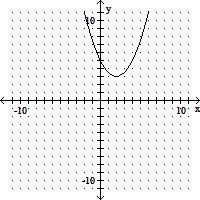
A. Yes B. No
Graph the line containing the point P and having slope m.P = (0, 2); m = 
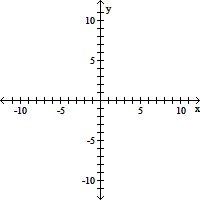
A. 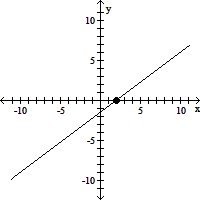
B. 
C. 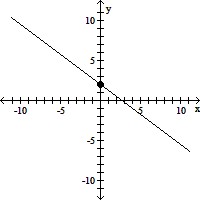
D. 